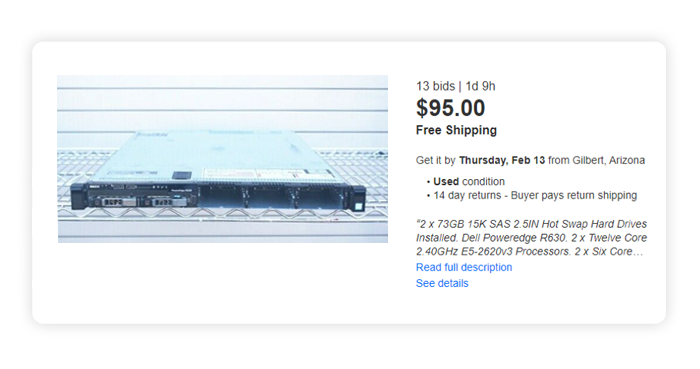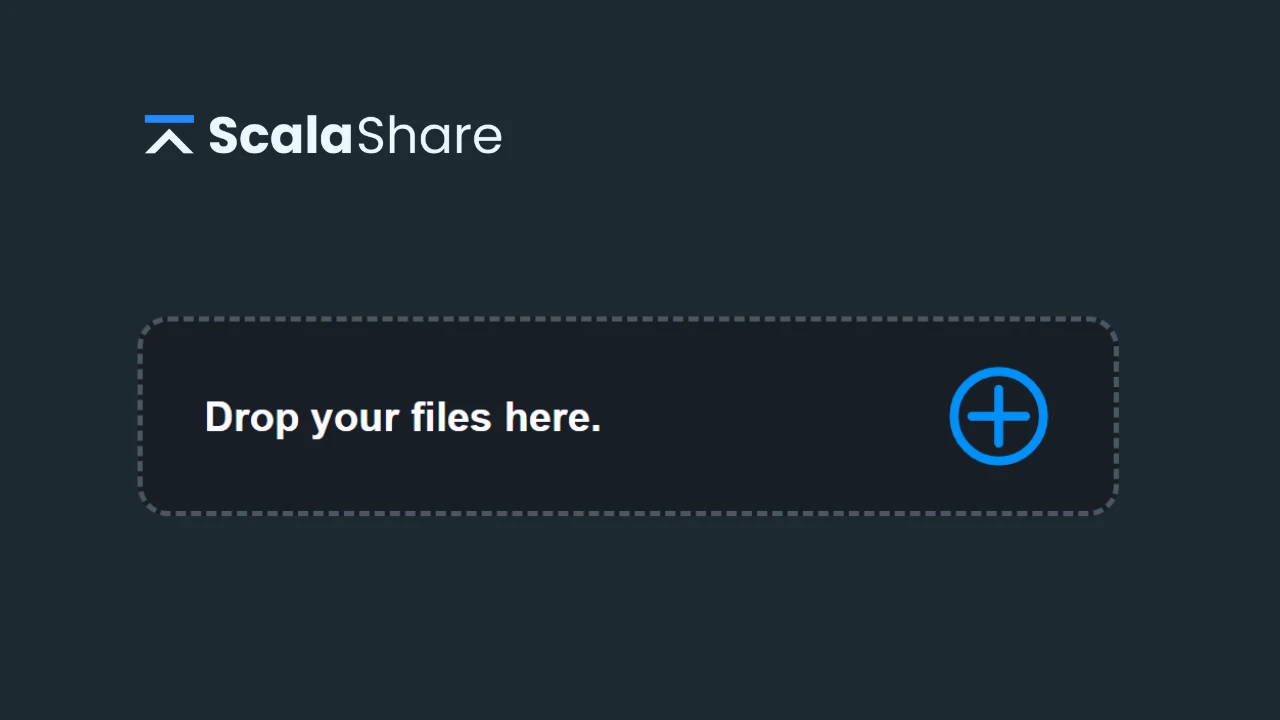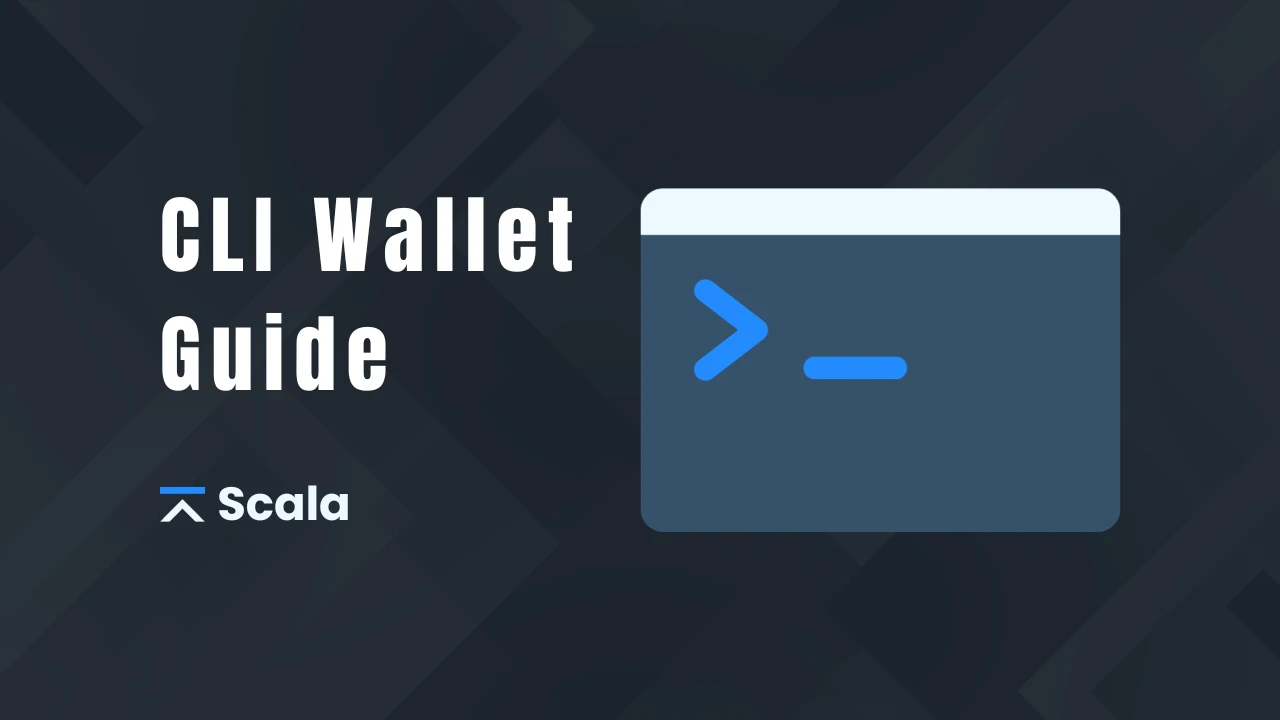
Have you ever thought about taking cryptocurrency mining to the next level? Are you concerned about electricity cost? This article unveils a method which will save you money by using retired industrial server equipment.
These servers take advantage of large core counts and high frequencies, while at the same time, keeping the power consumption low – perfect for mining.
Choosing an affordable CPU
The Xeon Series of processors used during the LGA 2011 architecture for servers in the early to mid 2010’s are currently everywhere, selling used on the market.

The reason that these processors are discarded for a good deal, is usually due to that fact that large businesses and server companies will buy their new equipment on warranty, and simply do not want the equipment anymore when the warranty runs out.
They will sell them in bulk on the resale market, where smaller re-sellers pick them up and let them go for dirt cheap on places like Ebay.
DYOR
It is important to do some of your own research of processor types, because unlike most Intel i-Series processors, each Xeon processor is very different,
having massive disparities in things like cache size, core count, power rating, pin count, and frequencies.
Motherboard, Ram, Power Supply and Hard drive
Generally, parts are cheaper when you buy them separately and put them together your self, sometimes though the latter can be the case.
When it comes to the used server market, many companies selling their equipment have whole sale, and let things go together for a very good deal, due to the already low demand for the product.

Buying parts separately
If you decide to put the server together yourself; using only individually bought used parts; your options might be significantly greater. There is a surplus of used server parts to chose from.
Remember to always be aware of compatibility while building your mining server!
Halfway through!
By this point we’re already halfway through the build, and so far have spent around 400 $USD for an entire mining server with 24 cores and 3.0 GHz!
Solar Panels
The idea behind the solar mining concept is to push as many mining rigs as you can during the day, focusing as much energy as possible on to the mining servers; while you have it available.
Solar systems can run at night, however the cost for storing energy is significantly greater than the cost of making it, so expect paying at least double the total price of the system; for the battery alone; to store the extra energy.

Solar panels have a life span of roughly 25 years, so when looking at used panels try to find panels closer to the 5–10 year mark, or less.
They also do not always produce exactly the amount that they are rated for, therefore it is a general rule of thumb to double the solar power output for the required server amount.
Also be sure to remember and find a sunny place in your yard or on your roof, so that the panels can get adequate sunlight for energy production.
Why do we need a battery?
The reason that we need a battery is because a computer server system requires a constant flow of stable energy to operate; if a cloud happens to go over the panels, or a bird sits on top, it can cause discrepancies.
Solar power is collected by the battery as DC power, after which a power inverter is used to convert the energy back in to AC for the computer system.
Topically the AC/DC inverter sells new for as cheap as $30 on ebay; Keep the inverter as close to the battery as possible, and the entire system should be in a safe, non-flammable environment.
Remember to always be cautious while working around live wires, solar energy is powerful and can cause severe electric shock!
The battery and the charging controller
A battery can be the most expensive investment for the project, depending on the type, amount, and intensity of the charge.
Charging controller
You don’t want to destroy anything, so make sure to include a charging controller which will connect between the solar panels and battery, to prevent overcharging/voltage issues.

Battery types
The ideal type of battery to get for using and storing solar energy are deep cycle. Deep cycle batteries are built to handle a constant flow of energy from both the solar panels, and the servers load.
There are many different makes and models, although two commonly used types of deep cycle batteries are Lead Acid and Lithium Iron phosphate. Choosing which one works best for you should in part depend on how much power your system requires to operate.
How much power is your system using?
Generally if you are not storing energy for night use, you can get away with buying a small battery with the minimum power requirements. Otherwise, an equation can help you to determine how much power your systems will use:
The energy E in kilowatt-hours (kWh) is equal to the power P in watts (W), times the time period t in hours (hr) divided by 1000:
E(kWh) = P(W) × t(hr) / 1000
You can also use a calculator: Kilowatt watt Calculator
Conclusion
By this point, you should have everything required to build the solar powered mining system.

Total costs
- 2x E5–2670 V3 CPUs: 260$
- DELL POPEREDGE R630 Server: $130
- 2x Solar panels: $280
- Battery: $150
- Power Inverter: 30$
- Solar Battery Charger Controller: 20$
- Extra: 50$
In total, all the listed parts in this article total $920!
Now you can enjoy solar powered mining devices, without the headache energy bill at the end of each month!
A note on mobile mining devices
Mobile devices have a more energy-efficient CPU architecture and enable you to build even cheaper solar powered mining devices.
You can get all the latest news about the mobile miner beta on our Twitter and Discord channels.
Disclaimer: This article was made only for publicizing the author’s personal concepts and ideas. Nothing in this article is made for, nor making any official financial or system building advice.



